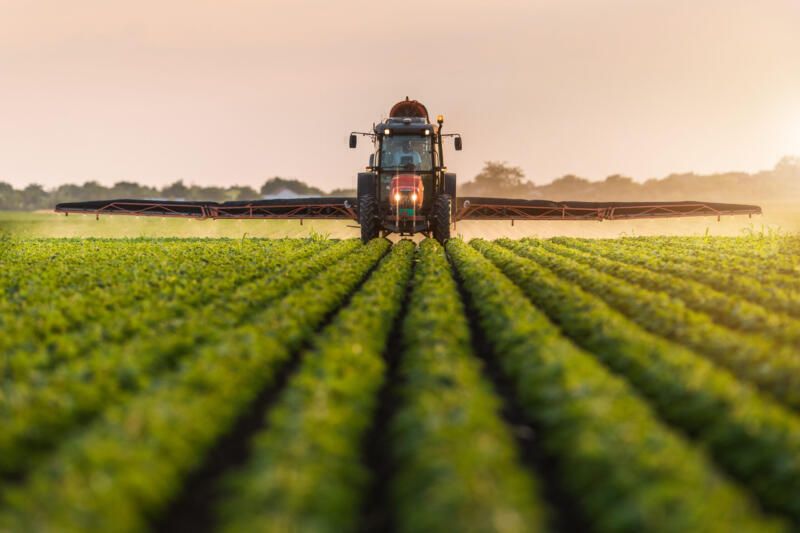
The use of drones and satellites in agriculture has revolutionised the way farmers monitor and manage their crops. In Argentina, where the size of fields can make constant monitoring difficult, these technologies have found fertile ground for their application.
Drones, small unmanned aerial vehicles, have become an indispensable tool for crop monitoring. Equipped with high-resolution cameras and multispectral sensors, drones allow farmers to obtain detailed images of their fields in real time. These images provide valuable information about crop health, such as the level of chlorophyll in plants, the presence of pests, diseases, and nutritional deficiencies. The ability to detect these problems early allows farmers to take corrective measures immediately, avoiding significant losses.
On the other hand, satellites offer a broader, longer-term perspective. Although they do not provide the same level of detail as drones, satellites are ideal for continuous monitoring of large areas of land. Through remote sensing technology, farmers can access data on weather, soil moisture and atmospheric conditions, allowing them to make informed decisions about planting, irrigation and harvesting.
In Argentina, the combination of drones and satellites is improving precision and efficiency in agriculture. A notable case is that of producers in the Pampas region, who have reduced losses due to pests and diseases by up to 30% thanks to aerial monitoring. In addition, the use of these technologies is promoting more sustainable agriculture, by allowing a more rational use of inputs such as water and pesticides.
Biotechnology and genetic improvement
Biotechnology has been one of the driving forces behind agricultural transformation in Argentina, especially when it comes to crop genetic improvement. Through genetic manipulation, seeds have been developed that not only offer higher yields, but are also more resistant to pests, diseases and adverse weather conditions, which is crucial in a country where climate variability is increasingly pronounced.
One of the most notable examples is the development of transgenic soybean seeds, resistant to the herbicide glyphosate. These seeds, widely adopted by Argentine producers, allow for more efficient weed control, reducing the need for multiple herbicide applications and, therefore, the associated costs. In addition, pest resistance in crops such as corn has reduced the dependence on insecticides, contributing to more sustainable and economical production.
Genetic improvement is not limited to resistance to herbicides and pests. Progress has also been made in creating crops that can thrive in drought conditions, a crucial factor in regions such as northwestern Argentina, where rainfall is scarce and erratic. These developments allow farmers to maintain productivity even in years of adverse weather conditions, thus ensuring the stability of agricultural production in the country.
Farm management software
Farm management software is another technological trend that is changing the way agricultural production is managed in Argentina. These digital platforms offer farmers advanced tools to optimize the planning, monitoring and management of all stages of production, from sowing to harvesting.
One of the key benefits of farm management software is its ability to centralize all relevant information in one place. Farmers can monitor input usage, manage inventories, schedule and perform machinery maintenance, and keep detailed financial control of their operations. This not only improves operational efficiency, but also enables farmers to make more informed decisions based on accurate and up-to-date data.

In Argentina, adoption of these systems has been increasing, especially among large-scale producers looking to improve their competitiveness. However, one of the challenges to wider adoption is the digital divide that exists in some rural areas of the country, where access to high-speed internet can be limited. Despite this, initiatives from both the private sector and the government are working to improve rural connectivity, which in turn will facilitate greater integration of these technologies.
A prominent example of the use of agricultural management software in Argentina is the “Auravant” platform, which allows producers to monitor their fields in real time, analyze historical data and optimize decision-making based on the data collected. This type of solution not only improves efficiency and profitability, but also contributes to a more sustainable agriculture adapted to the needs of the 21st century.
Source: https://reporteasia.com/economia/desarrollo-sostenible/2024/09/02/agricultura-argentina-innovacion-transformacion/

